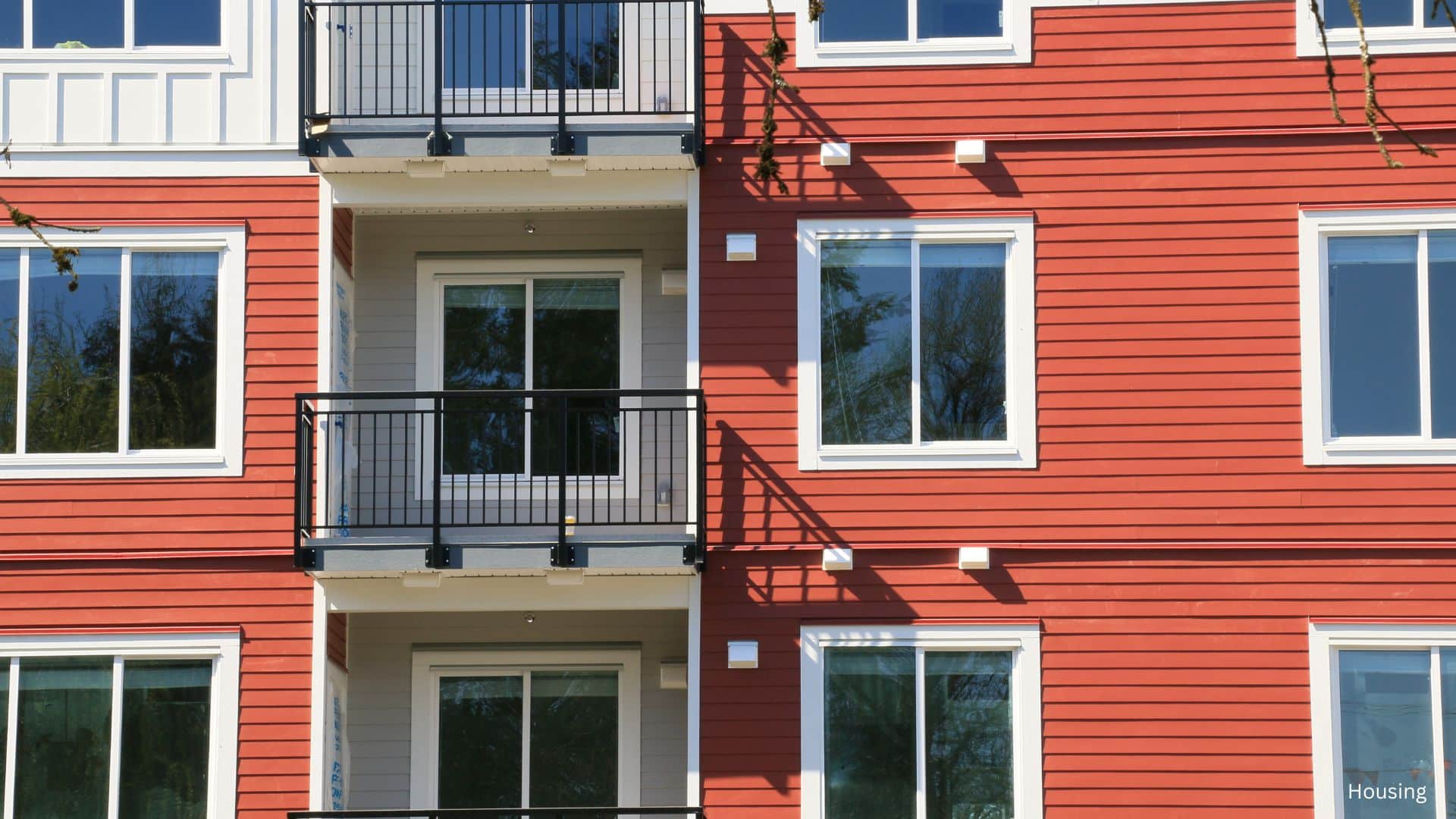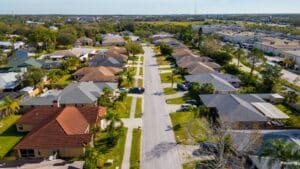In recent years, the U.S. has seen a notable shift in housing patterns, with the main focus now on the renter households increase seen across the country. According to a recent report from Redfin, the number of renter households grew by 2.7% in the third quarter of 2024, nearly three times the rate of new homeowner households, which increased by only 0.9%. As affordability barriers make homeownership more challenging, more individuals and families are opting to rent, leading to a significant rise in the nation’s rentership rate.

Renter Households Increase in 2024
Why Are Renter Households Increasing So Quickly?
A primary driver behind the renter households increase is the rising cost of homeownership. With home prices up by 6% year-over-year and mortgage rates remaining high, purchasing a home is out of reach for many Americans. Meanwhile, rents have remained relatively flat over the past two years, becoming more affordable compared to buying a home. This trend, highlighted in Redfin’s analysis, shows that while the cost of renting rose by a modest 0.6% in September 2024, the growth in wages has outpaced rent increases, making renting a more viable and attractive option for many.

Record Levels of Multifamily Construction
Another factor contributing to the renter households increase is the surge in new multifamily housing units. Redfin notes that the U.S. added multifamily units at an annual rate of 647,000 in the third quarter—the fastest pace since 1994. This boom in construction, especially in metro areas with high demand, has helped keep rent prices relatively stable and accessible, encouraging more individuals to form renter households. However, there are signs that construction is slowing, with permits for new multifamily housing down 16% year-over-year as of September 2024.
Regional Trends in Rentership Rates
Geographic trends also illustrate the renter households increase in certain high-cost areas. Redfin reports that California metros like San Jose and Los Angeles have some of the highest rentership rates in the U.S., with San Jose leading at 52%. Cities with historically lower housing costs, such as Cape Coral, FL, and Charleston, SC, show lower rentership rates, indicating regional disparities in renting trends. Nonetheless, the increase in renter households is nationwide, affecting metros across various price points.

The Future of Housing: What Does It Mean for Homeownership?
As the renter households increase continues, experts suggest it may be reshaping long-term views on homeownership, especially among younger generations. Many millennials and Gen Zers view renting as a more flexible and feasible option, given the financial barriers to purchasing a home. As Redfin’s Senior Economist Sheharyar Bokhari points out, affordable housing remains a key issue, and if trends persist, the rentership rate may continue to rise. This shift could influence housing policies, prompting further development of rental properties to meet demand.
The latest data shows a clear trend: renter households are growing rapidly, a reflection of the rising costs of homeownership and a steady rentership rate. As the renter households increase, renting is expected to remain a dominant choice for those seeking housing stability without the long-term financial commitment of buying a home.

The renter households increase trend in 2024 is reshaping the housing landscape in the U.S., as rising home prices and mortgage rates push more Americans toward renting. With a stable rentership rate and regional disparities in rentership patterns, renting is likely to stay a key option for young families and individuals facing affordability challenges. As Redfin’s report illustrates, this significant growth in renter households points toward a future where renting becomes a long-term housing solution for many across the nation.








